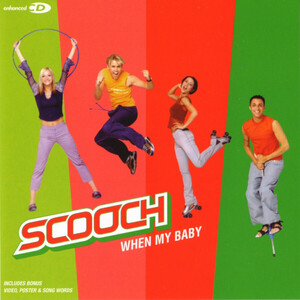Released: 18th October 1999
Writers: Max Martin / Kristian Lundin / Brian Littrell
Peak position: #5
Chart run: 5-10-17-26-31-39-46-58-69-56-56-63-64-73
Billboard Hot 100 chart run: 70-60-47-34-30-34-30-29-25-25-28-30-53-65-70-87-96-87-94
Larger Than Life was composed as a tribute to the Backstreet Boys’ loyal fanbase. However, this was not the time to be getting sentimental as the group used the opportunity to unleash one of their fiercest uptempos.

If Larger Than Life looks and sounds like a lead single, then that’s precisely what it was intended to be. The original plan for this track was to follow the pattern of previous Backstreet Boys albums and launch Millennium with an uptempo in the vein as We’ve Got It Goin’ On and Everybody (Backstreet’s Back). But everything changed when the group recorded I Want It That Way. It became apparent to everyone but Jive Records this was the song that had to come first. Yet, while it seems preposterous in hindsight that there would be any doubt over I Want It That Way, there was logic to what the label was trying to do here. Millennium was the first time that the Backstreet Boys released an album simultaneously worldwide, having spent the previous four years amassing a patchwork of hit singles in different territories at different times. So, with everything finally aligned, now was arguably not the moment to ostensibly take a risk on a formula that had gotten the group to this point.

As it happens, coming in the aftermath of I Want It That Way – and Millennium’s then-record-breaking chart debut in America selling 1.13 million copies in its first week – made more sense for Larger Than Life in terms of what it represents. The track plays out like a victory lap for the Backstreet Boys, opening with AJ’s guttural scream of: “Yeah-ha-ha-ha-ha! Woo! Ha-ha-ha-HA!, closing with the sound of crowds cheering and in-between throwing down quite possibly the bounciest, squelchiest Cheiron beat ever committed to record. The entire production sounds as if it’s been pitch-shifted up into a permanent key-change, leading on perfectly from their earlier material. This was the Backstreet Boys at the height of their powers, and Larger Than Life reflects a group who could credibly claim to be the biggest boyband in the world. Every aspect of the song is elevated to such an extreme that it almost feels like pop music tearing at the seams of its own existence.
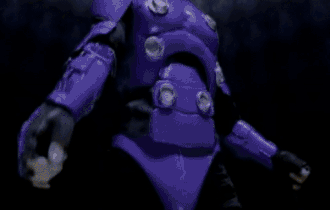
Larger Than Life is primarily a direct acknowledgement of the (mostly) positive impact that the Backstreet Boys’ fans have had on their careers. This was actually a relatively unusual thing to do. You might presume that in the days before social media, more songs like this would exist. But generally, such platitudes were reserved for album liner notes and interviews. It’s not the case that pop fans didn’t feel appreciated; however, very infrequently did we find ourselves the subject of the material. So, for the Backstreet Boys to use a high-profile track and make tributes such as: “All of your time spent, keeps us alive” and: “Every time we’re down, you can make it right, and that makes you larger than life” with no subtext was unprecedented and could have taken the song down a cloying route.
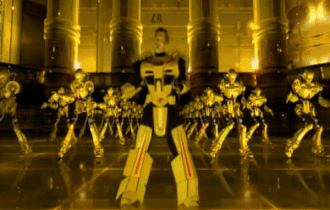
Yet, Larger Than Life also shows signs that Cheiron – and Max Martin, in particular – were starting to play with the idea of what it means to be a star and giving some perspective on life within the pop bubble. The first verse: “I may run and hide, when you’re screamin’ my name, alright, but let me tell you now, there are prices to fame, alright”, has an undertone of forewarning that being part of a chart-topping pop act is not necessarily all it’s cracked up to be. Indeed, the entire song is essentially based on the notion that making music is not awfully rewarding and the support of their fans is what keeps the Backstreet Boys going. The whole life-and-death theme can be taken as an exaggerated metaphor, but it certainly plants the seeds for Britney Spears’ Lucky to tell an even more overtly melancholic tale the following year. Maybe – just maybe – there was a little more substance here than anyone truly appreciated at the time.
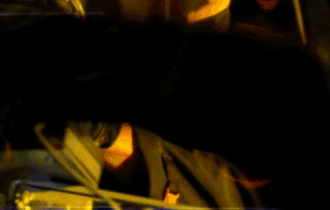
Oft-overlooked with Larger Than Life is that a new mix of the song – The Video Mix – was commissioned for the single. This is barely acknowledged since it’s always the Millennium version that appears on compilation albums, including the Backstreet Boys’ own. The intro to the second verse: “Looking at the crowd, and I see your body sway, c’mon…” has a new breakdown where the beat scratchily stops and starts, while a creaking door appears to be swinging on its hinges at the start of the ominously moody middle-eight. That’s about it; The Video Mix isn’t massively different in any other respect. Even so, having gone to the effort of making these changes in the first place – which do give the song an extra little kick – it’s unusual that somewhere along the line, this version subsequently got forgotten entirely.

What firmly underlines Larger Than Life as such a colossal track is the accompanying Joseph Kahn-directed music video, which remains among the most expensive ever created with a budget of $2.1 million. In case it wasn’t evident from the title of the Backstreet Boys’ album, the looming prospect of a new millennium had become a focal point within pop music, with several videos depicting a countdown to the event. In keeping with the overall approach to the song, Larger Than Life flips the concept on its head and fast-forwards another thousand years, as we encounter the Backstreet Boys – in some form or another – aboard a spaceship as the on-screen clock ticks over to January 1st 3000.
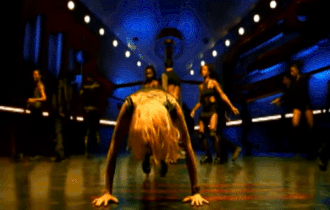
The group is depicted in various guises, and it doesn’t take long to see where the budget went. Brian is shown riding a hoverboard. AJ’s outfit is a riff on Doctor Octopus from Spider-Man, complete with extendable arms. Kevin is flying a fighter jet, Nick Carter is literally a breakdancing robot, and Howie…stands in a room while the screen ripples. Unsurprisingly, Larger Than Life went over budget, apparently resulting in some last-minute cutbacks. There’s little hiding who drew the short straw because all of the other set pieces are so epic and fantastical that Howie’s, by comparison, really sticks out as an afterthought. Nevertheless, considering its age, the video holds up incredibly well. The special effects are movie-standard and aeons above those you’d expect for a pop song.
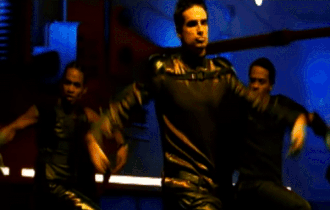
Joseph Kahn draws some clear and deliberate parallels with Everybody (Backstreet’s Back), which he also directed. The idea of giving each member of the group their own character and cutaway sequence is revisited, while Antonio Fargas – who portrayed their bus driver – returns as the robot that wakes the group up at the start of the video. It gives the video a strong sense of continuity and really hammers the message that we are experiencing an evolution of the Backstreet Boys and the Cheiron sound as a whole into something that felt light years – quite literally, in this case – ahead of everything else.

While Larger Than Life is inarguably a product of the Backstreet Boys at the top of their game, there is a sense that the track didn’t quite live up to its own hype from a commercial perspective. The single reached #5 in the UK, so it was undoubtedly still a hit, albeit the group’s lowest-peaking since I’ll Never Break Your Heart in 1996. However, rather than seeing this as an indication of waning interest, a more reasonable conclusion would be that I Want It That Way had merely shifted the status quo for the Backstreet Boys. This was more profoundly demonstrated in America, where Larger Than Life reached #25 on the Billboard Hot 100. As the Millennium campaign continued to play out, audiences consistently leaned more favourably towards the group’s ballads than their uptempos (Show Me The Meaning Of Being Lonely and The One peaked at #6 and #30, respectively).
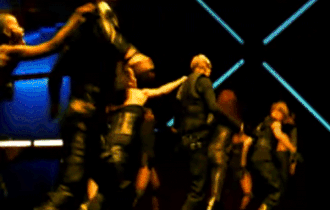
However, Jive Records always had their eye on the bigger picture. In many respects, it’s splitting hairs to compare the individual performances of the singles because they all played their part in the phenomenal success of the album. Millennium spent ten weeks atop the chart and a further 27 in the top ten. The sheer scale with which the Backstreet Boys dominated the chart often feels somewhat overlooked because *NSYNC soon arrived to grab the headlines and break records of their own. But they never had such global appeal on the same scale, and Millennium remains among the best-selling albums of all time, with worldwide sales estimated to be around 24 million.
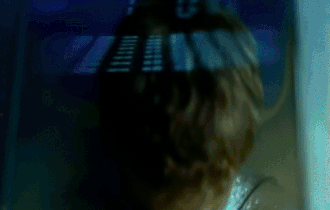
Although Larger Than Life is not necessarily a song that helped define the Backstreet Boys, it is nevertheless perhaps the most fitting representation of a group – and a brand of pop music – that had reached its apex and was going to remain there for two relentlessly exhilarating years.



